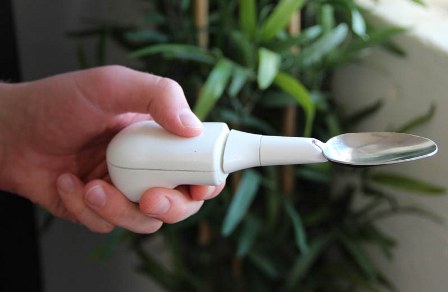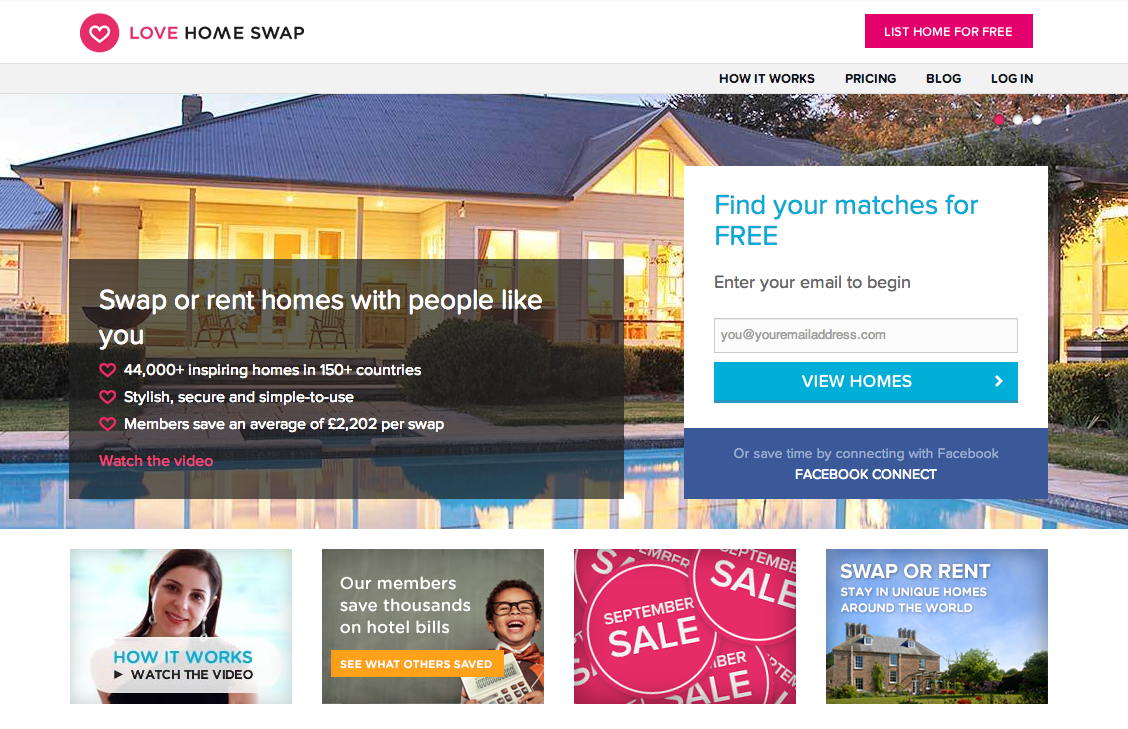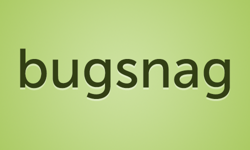 A Q&A with Lift Labs founder and CEO Anupam Pathak. The San Francisco-based healthcare startup, which created a device that counteracts hand tremors, completed a $1 million Angel funding round in late September. The company is part of Rock Health accelerator’s fifth class.
A Q&A with Lift Labs founder and CEO Anupam Pathak. The San Francisco-based healthcare startup, which created a device that counteracts hand tremors, completed a $1 million Angel funding round in late September. The company is part of Rock Health accelerator’s fifth class.
SUB: Please describe Lift Labs and your primary innovation.
Pathak: Lift Labs is a new startup that is commercializing an active stabilization technology for people with hand tremor. Our first product, Liftware, is designed to actively stabilize the object that the user is holding. For example, if a spoon is attached to the stabilizer, the device will counteract any shaking from the user and keep the spoon steady so that they can eat without spilling. The Liftware system uses an electronic control system—with motion sensors and actuators—to respond to the user’s movement in real-time.
SUB: Who are your target users?
Pathak: Our target users are individuals suffering from Essential Tremor or Parkinson’s disease.
SUB: Who do you consider to be your competition, and what differentiates Lift Labs from the competition?
Pathak: Our competition includes alternative therapies, including drugs, brain surgery, or electrical muscle stimulation. Unlike these solutions, our products are completely non-invasive and have no side-effects. The user simply picks up the device and can start using it.
SUB: You just announced that you’ve raised $1 million in Angel funding. Why was this a particularly good time to raise outside funding?
Pathak: Up until this point we were fully funded by the National Institutes of Health through their SBIR [Small Business Innovation Research] program. We were very grateful to the NIH for believing in our technology, and we delivered on what we promised—a functioning product that is ready for the market. The SBIR funds are for R&D only, and the program is designed to transition to private investment for commercialization. So, the raise was part of our development timeline.
SUB: How do you plan to use the funds?
Pathak: The funds will be used mainly for manufacturing costs, commercialization support—sales and marketing—and the development of future products.
 SUB: What was the inspiration behind the idea for Lift Labs? Was there an ‘aha’ moment, or was the idea more gradual in developing?
SUB: What was the inspiration behind the idea for Lift Labs? Was there an ‘aha’ moment, or was the idea more gradual in developing?
Pathak: The idea was very gradual and took lots of patient development. There were many ‘aha’ moments, but perhaps the most notable was when a patient was able to feed themselves using an early Liftware device. Their tremor was so bad that they couldn’t before.
SUB: What were the first steps you took in establishing the company?
Pathak: It was really the SBIR program that was the catalyst to get me to work on Lift Labs full-time. The first steps were applying to the program, but I didn’t dedicate myself to the project until I knew I was getting support.
SUB: How did you come up with the name? What is the story or meaning behind it?
Pathak: The name came when I was talking with a friend of mine. We realized that the products we’re coming up with had a direct impact in the lives of so many people. So it was a combination of feeling ‘uplifted’ from the work and the fact that we’re physically helping people lift objects—like spoons—successfully and without embarrassment.
SUB: Do you have plans to seek additional funding in the near future?
Pathak: We are keeping options open, but are not ready to make any concrete statements at this time.
SUB: What have the most significant challenges been so far to building the company?
Pathak: We’ve had significant technical challenges—our product is not trivial, and the fact that it is hardware makes manufacturing and distribution a challenge.
The main thing I’ve learned, though, is to celebrate small victories along the way and to remember that, with hard work, seemingly insurmountable problems will get resolved.
SUB: How do you generate revenue or plan to generate revenue?
Pathak: Through sales of Liftware and future products that we launch.
SUB: What are your goals for Lift Labs over the next year or so?
Pathak: To be profitable, and reinvest those profits into R&D, create more jobs, and impact the lives of more-and-more people through our product.
Lift Labs – www.liftlabsdesign.com












